Jacoba van Heemskerck
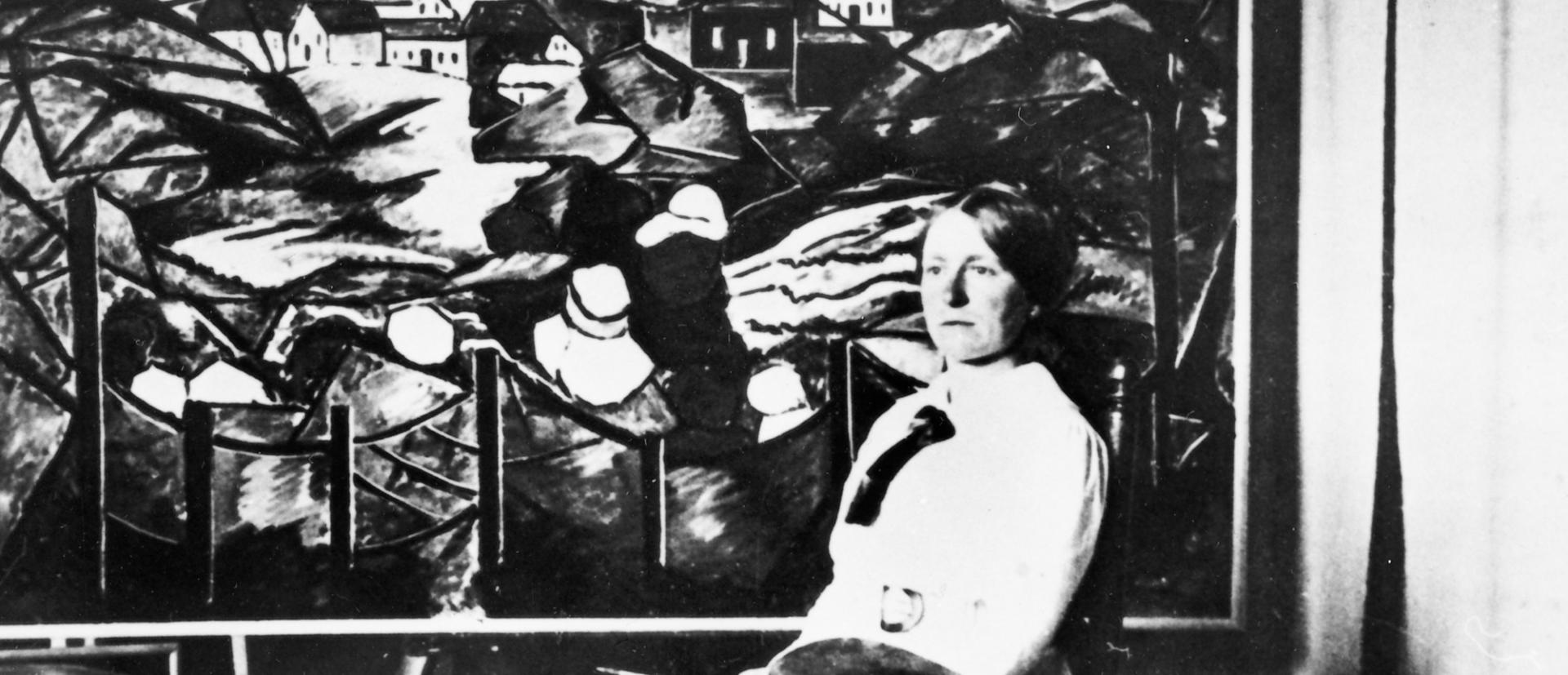
This year marks a century since Dutch artist Jacoba van Heemskerck (1876-1923) died in Domburg. Van Heemskerck played an important role as a modern artist who maintained international contacts with avant-garde initiatives. The career of this remarkable painter, graphic and monumental artist provides ample reason to reflect on her life and work. The RKD preserves various documents and archives that highlight the eventful life of the early abstract artist.
Attention for female artists
In collaboration with other organisations, the RKD conducts research into the contribution of women in the art world in the modern period. 'Do female artists receive less recognition than their male colleagues? Indeed, there is a lot of evidence for that. Even great female talents among painters, writers or sculptors are somehow often hushed up or taken little seriously. A strong example of this is certainly Jacoba van Heemskerck(...)' Jan Juffermans wrote in 1981.Coincidence or not, from the 1980s onwards, the artist has enjoyed increasing attention. In 1982, the Gemeentemuseum Den Haag organised a retrospective exhibition accompanied by a catalogue that was still largely in black-and-white. Also in 2005, the artist was the subject of an extensive exhibition at the Hague museum, with the monograph Jacoba van Heemskerck van Beest. Schilderes uit roeping came out. A fine full-colour catalogue was recently published to accompany the exhibition Jacoba van Heemskerck. Truly Modern in 2021. Current is the exhibition at the Marie Tak van Poortvlietmuseum in Domburg, extended until 10 December 2023 due to its success.
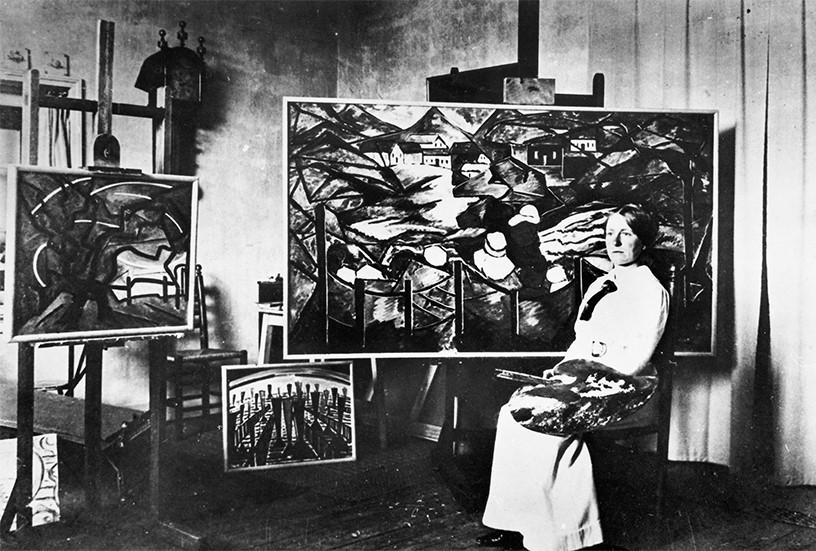
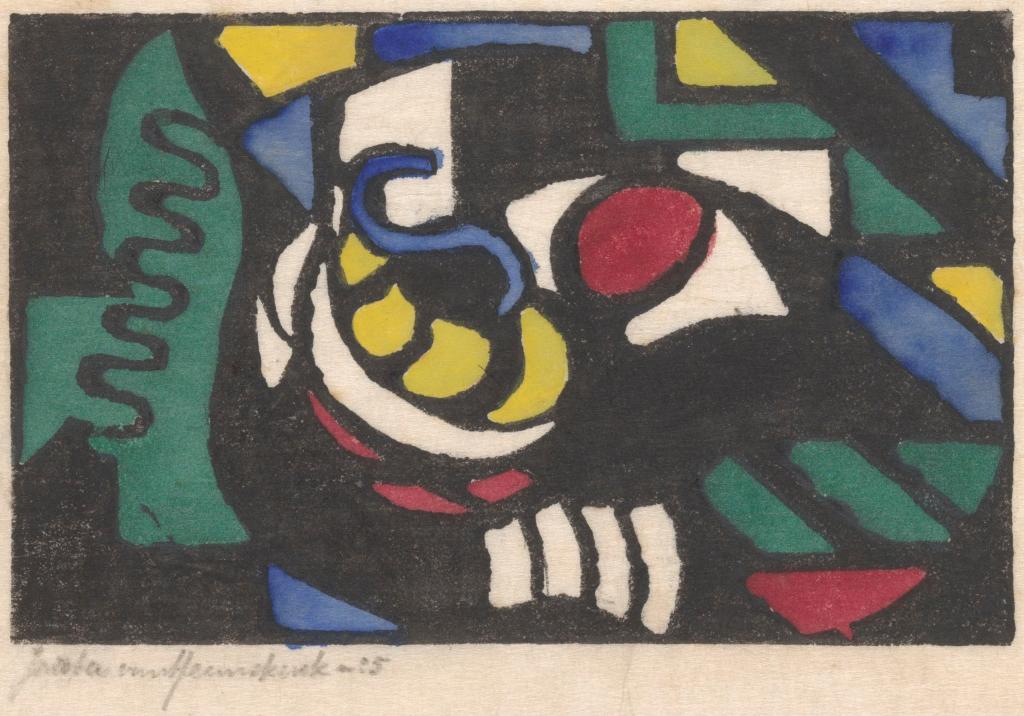
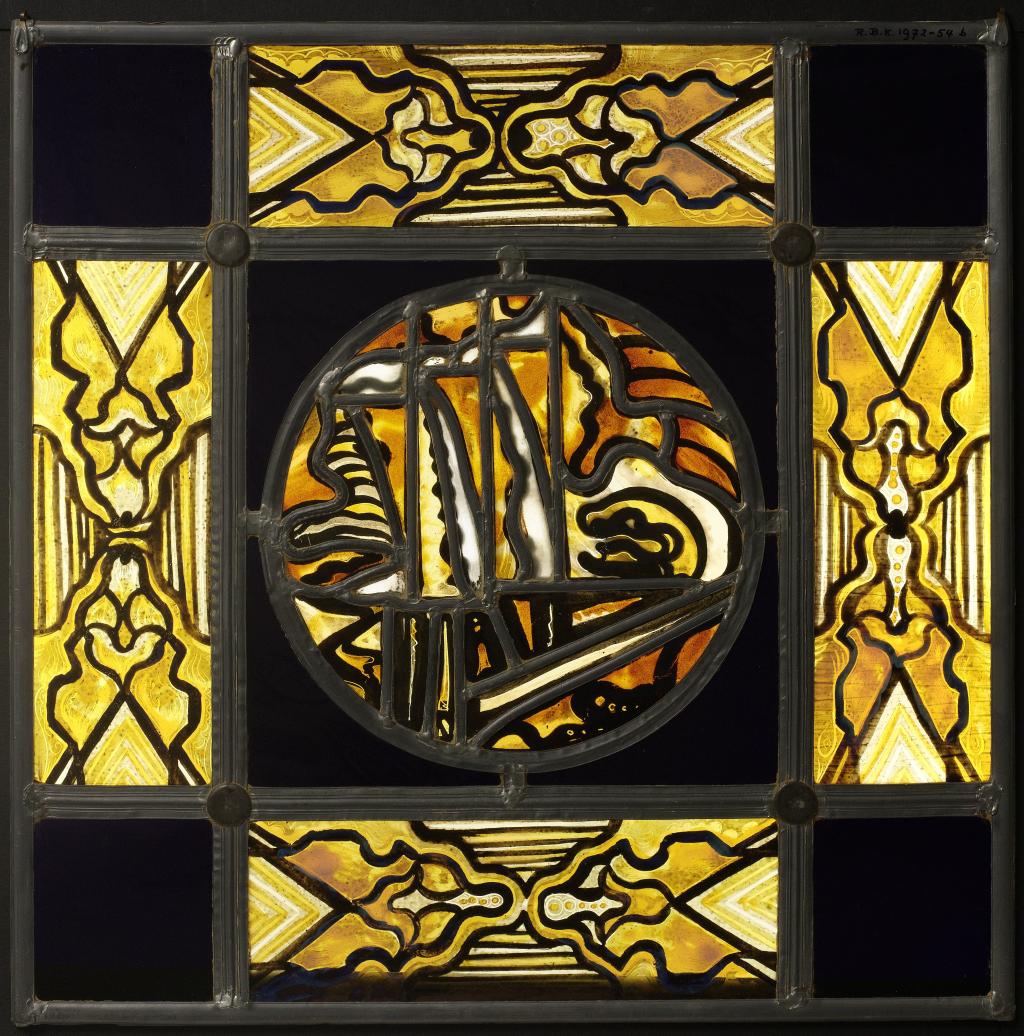
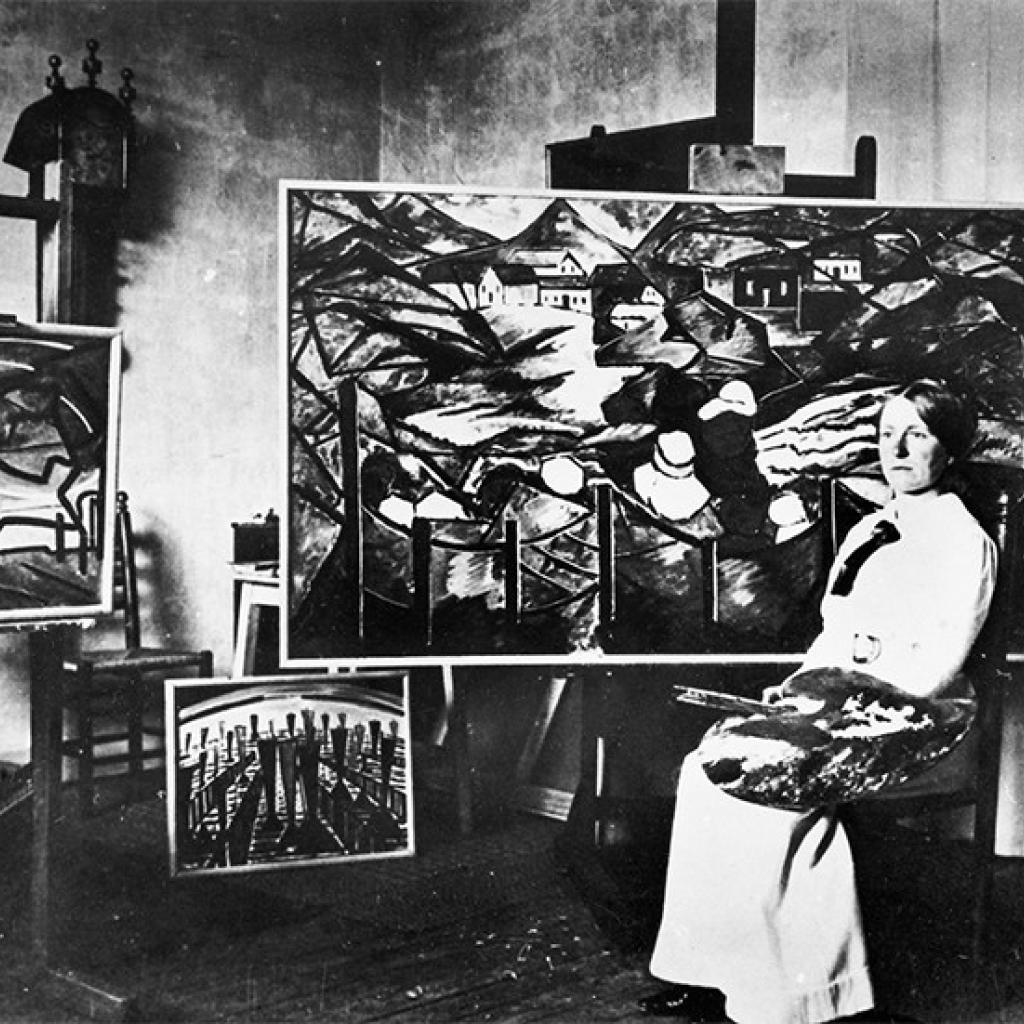
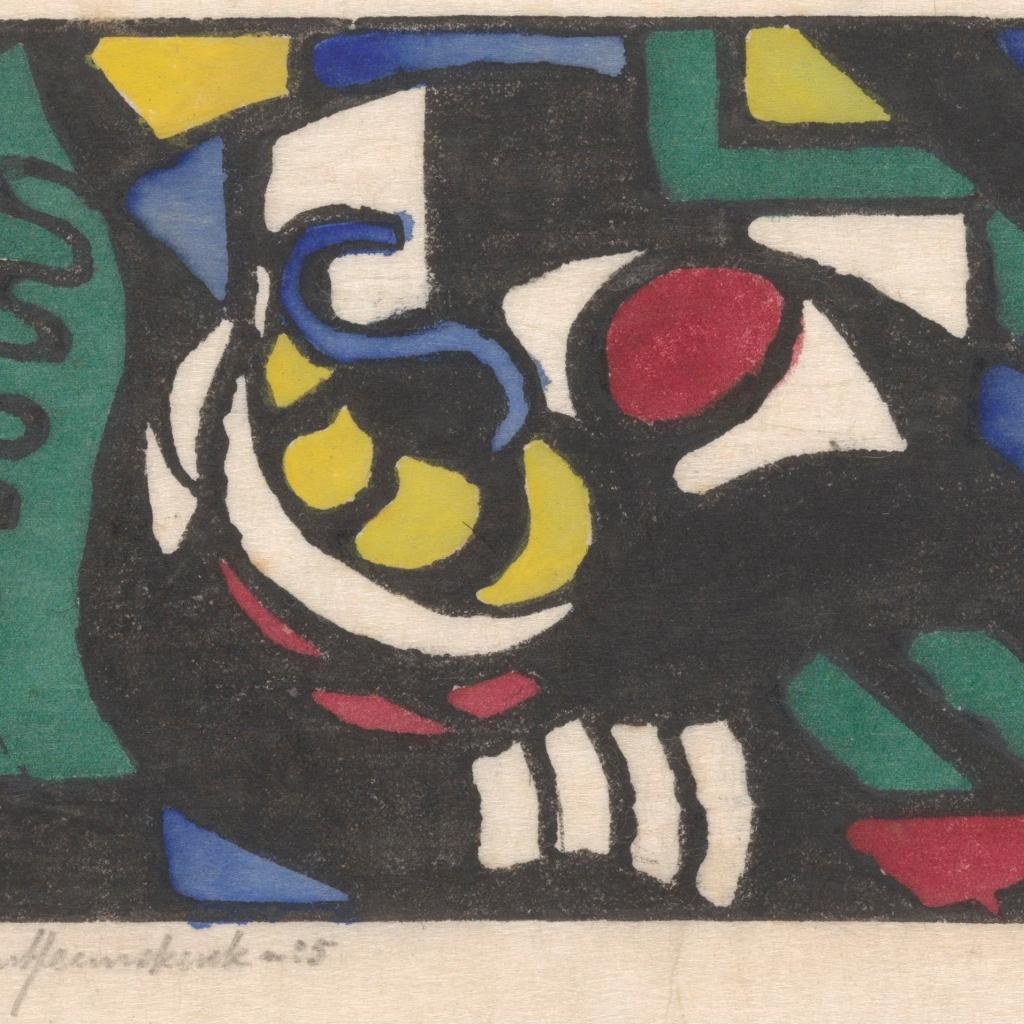
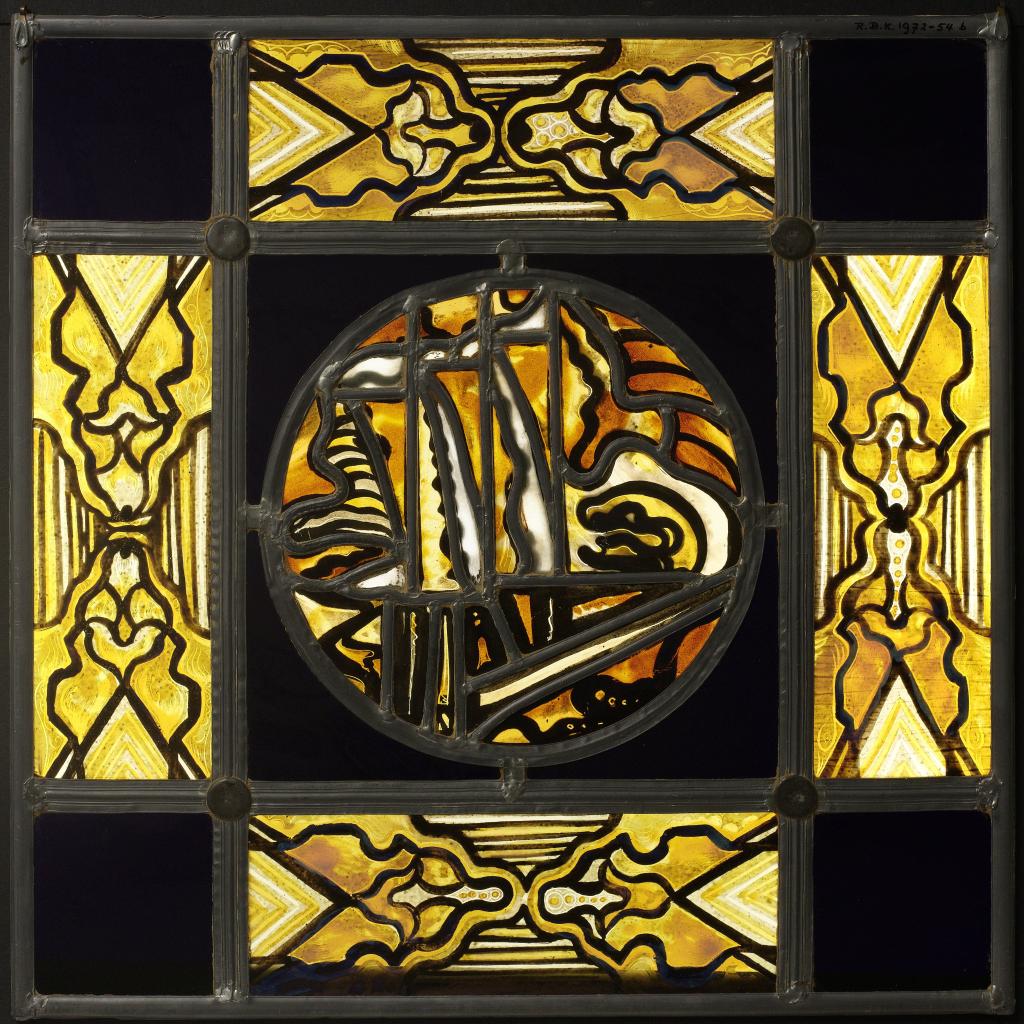
From figuration to abstraction
Van Heemskerck's oeuvre shows a similar development to that of Mondrian, with whom she is often compared and with whom she actually worked in Domburg. Initially working figuratively, with a preference for strong colours and clear forms, she developed into an abstract artist early on. Contact with Herwarth Walden of the expressionist magazine Der Sturm was of great importance here. In her work, stylised depictions of trees and ships are the main subjects. She felt at home in almost every art technique. Glass painting gave her the opportunity to apply light and transparency in her colourful work.
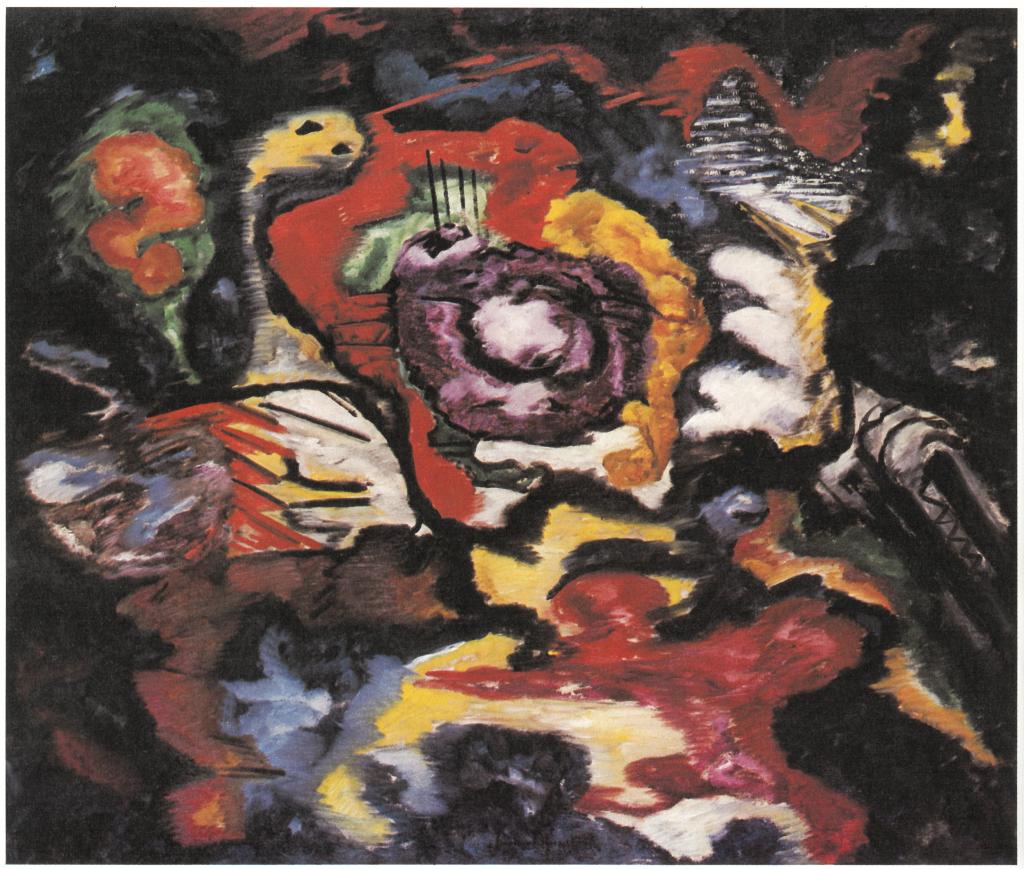
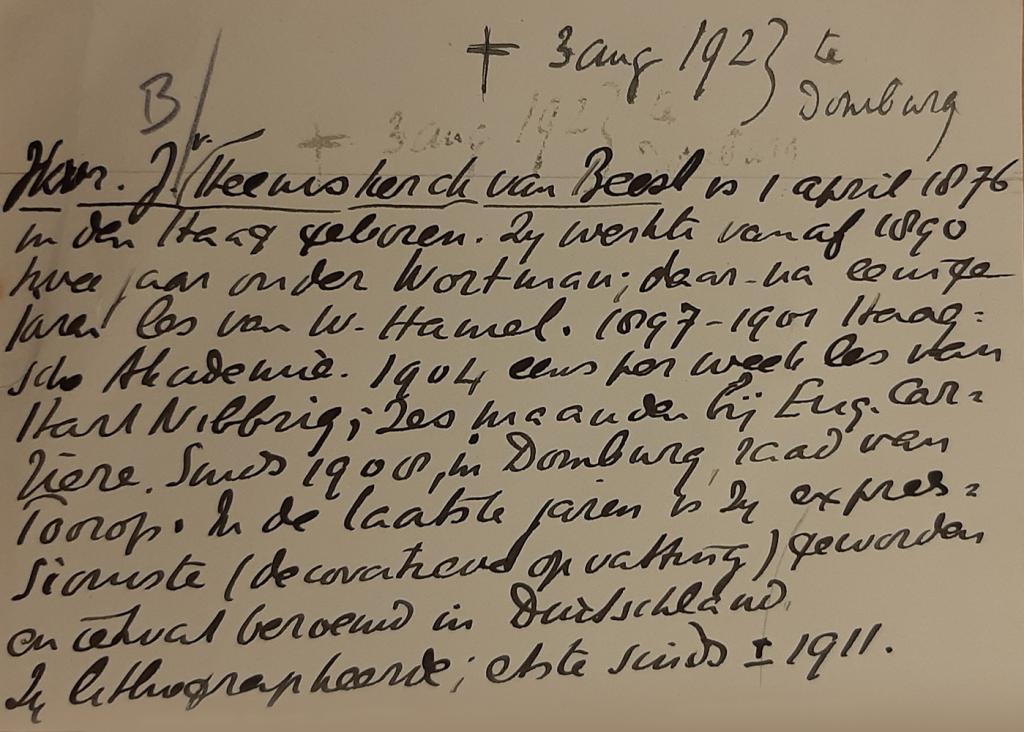

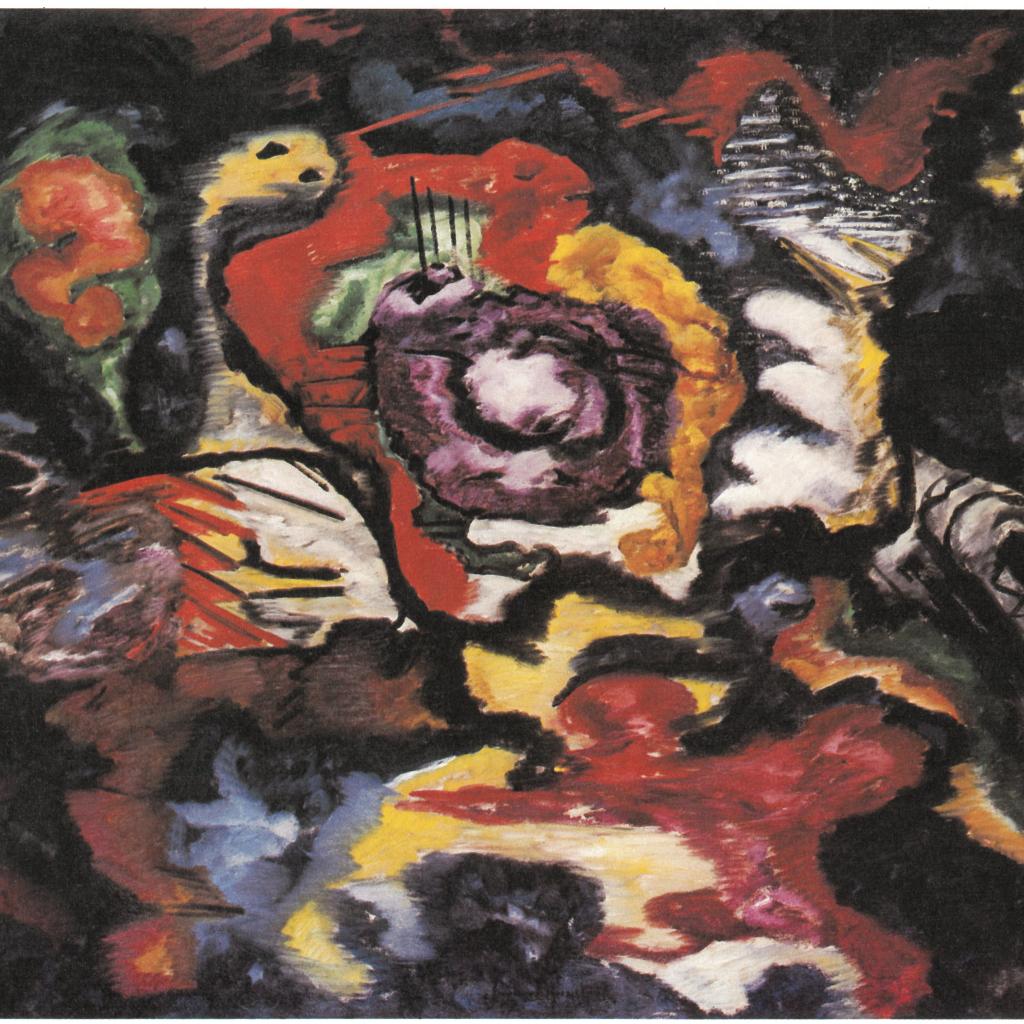
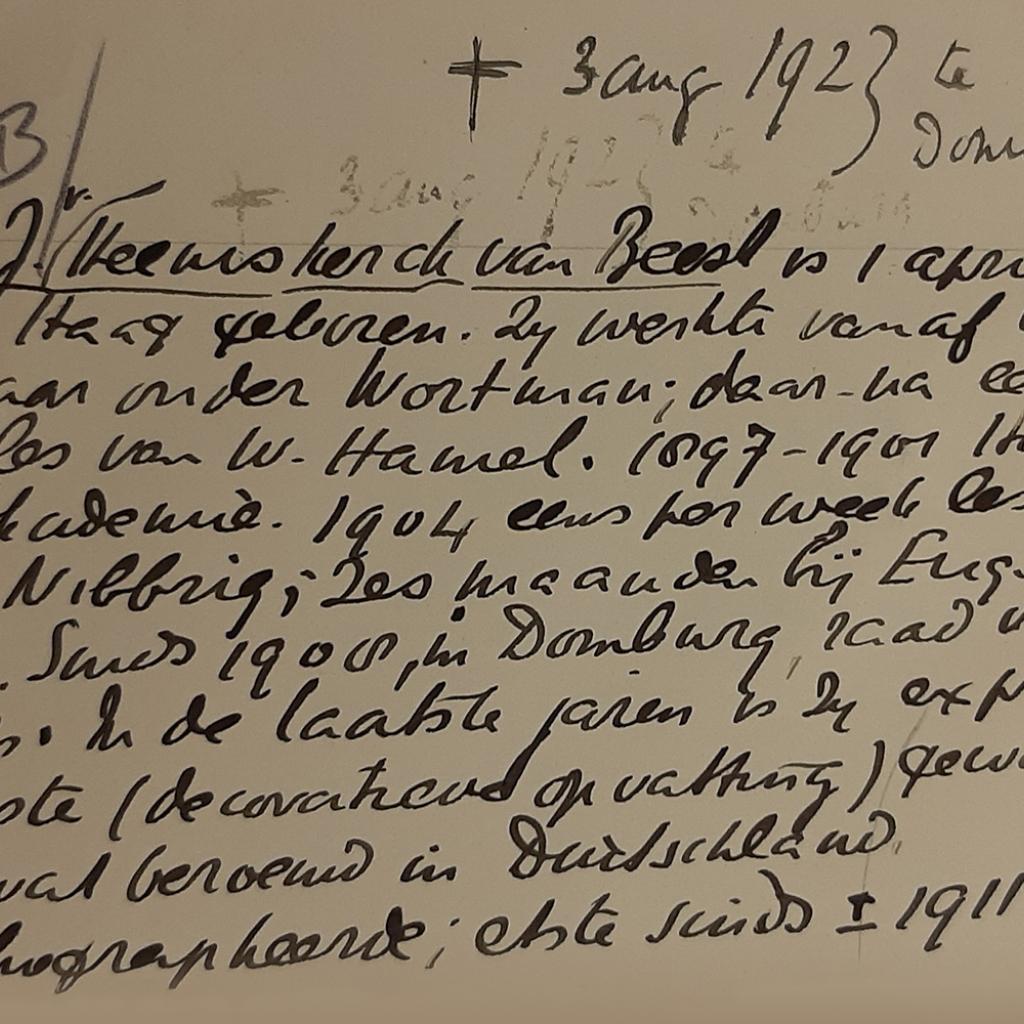

In the RKD collections
Today, Jacoba van Heemskerck needs less introduction. Her work is represented in various museums, the literature is comprehensive and information is available on the internet. An overview of the RKD's collections (archives, library, image documentation, press documentation) in which Van Heemskerck appears gives an indication of the appreciation of her life and work. For example, the archives of the art critic Albert Plasschaert contain three handwritten letters by Van Heemskerck from 1911. In these, she indicates that she would like to subscribe to his brochures (the 'Kritieken') and reports that, unfortunately, she cannot attend his lecture on ‘The Portrait’. At his request, she provides him with biographical details in a letter, which he needed in connection with a review. A handwritten note kept in the artist's documentation shows that Plasschaert copied the data neatly. In the correspondence, Van Heemskerck expresses a desire to meet the art critic once in person in Veere or The Hague, cities where they both regularly stayed. She felt the need to show her work and discuss it together.